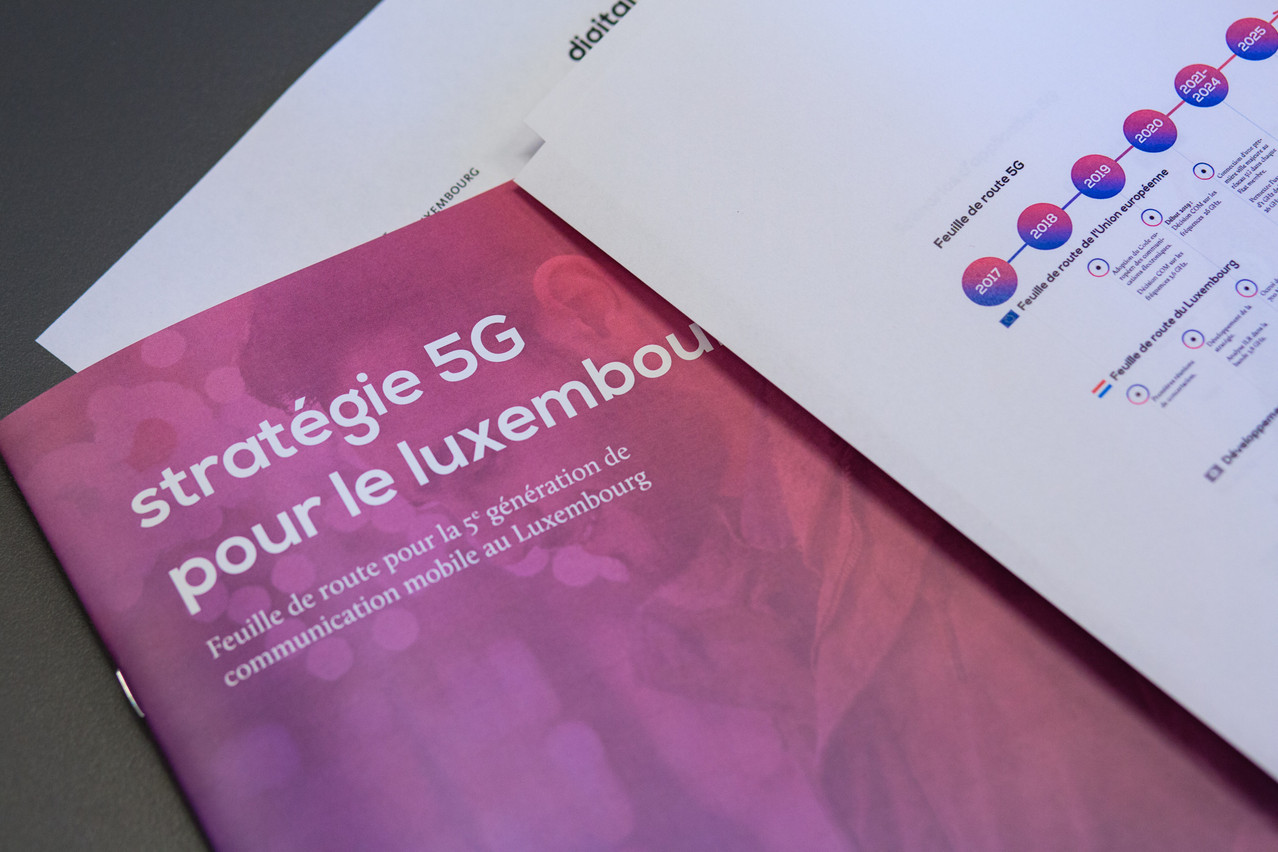Following the allocation of the 700MHz and 3.6GHz frequencies to mobile operators in the grand duchy, the setting up of a 5G network has already begun. This phase includes the putting up of antennas and the adaptation of the currently available systems.
Post Luxembourg aims to complete the modernisation of its mobile network by the end of 2022, but it won’t be available in the entire country initially. Proximus plans to cover almost the entirety of Luxemborug by 2025. Meanwhile Orange will look to offer uninterrupted 5G coverage in all urban areas and on major transport routes in three years’ time as well. Luxembourg Online, a newly installed operator is in the process to deploy its network.
These estimations may be affected by factors such as the delivery times of materials.
A report by the European Court of Auditors published on 24 January stated that member states of the .
“The investment directly linked to the setting up of the infrastructure is made by the network operators and not by the state,” said prime minister and media minister Xavier Bettel (DP) in an answer to a parliamentary question on Monday, outlining the timeline for Luxembourg providers to set up the faster connection.
Operators can benefit from one-off co-financing in the framework of the EU’s calls for projects.
Risk assessment remains one of the important factors in approaching the setting up of a 5G network. The Luxembourg regulation institute (ILR) is monitoring the technical and organisational measures taken by the operators. While they have also carried out assessments on their side. All analysis is based on a conclusion on 5G risk mitigating measures adopted by the member states with the agreement of the European Commission.
